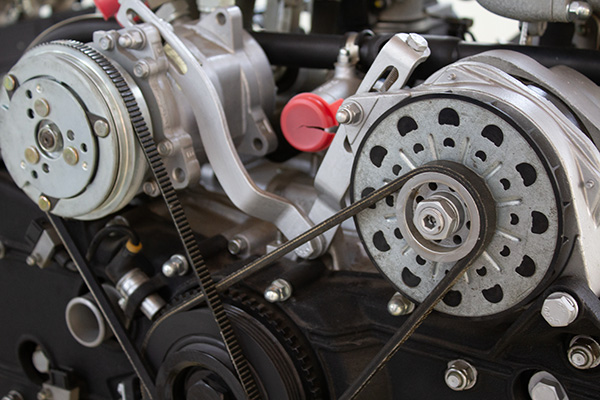
Do you hear an unusual noise coming from under your car's hood? Could it be time to replace your timing belt or serpentine belt? What is the difference between these two crucial components? Explore signs that indicate they need replacing, and we'll help you determine which one might be due for maintenance soon.
Timing Belt vs Serpentine Belt: What's the Difference?
When it comes to your car's engine, both the timing belt and serpentine belt play essential roles, but they serve different functions:
Timing Belt
The timing belt synchronizes the rotation of the engine's camshaft and crankshaft, ensuring that valves open and close at the right time during the engine's combustion cycle. It's crucial for maintaining proper engine timing and preventing catastrophic damage.
Serpentine Belt
On the other hand, the serpentine belt, also known as the drive belt, powers various engine accessories such as the alternator, power steering pump, coolant pump, and air conditioning compressor. It's responsible for transferring power from the engine to these components, keeping them running smoothly.
Signs That Your Belts Need Replacing
Timing Belt Replacement Signs:
- Engine misfires or rough idling
- Ticking or clicking noises coming from the engine
- Visible wear or damage on the timing belt
- Engine won't start or stalls unexpectedly
Serpentine Belt Replacement Signs:
- Squealing or chirping noises coming from the engine
- Power steering or air conditioning failure
- Cracks, fraying, or visible damage on the serpentine belt
- Dashboard warning light indicating belt or accessory failure
When to Replace Each Belt
Determining whether it's time to replace your timing belt or serpentine belt depends on various factors, including your vehicle's make and model, mileage, and maintenance history. However, as a general rule of thumb:
Timing Belt Replacement
Timing belts typically need replacing every 60,000 to 100,000 miles, depending on the manufacturer's recommendations. It's crucial to replace the timing belt according to the manufacturer's schedule to prevent engine damage.
Serpentine Belt Replacement
Serpentine belts tend to last longer, often up to 60,000 miles or more, but they should still be inspected regularly for signs of wear or damage. If you notice any signs of belt wear or failure, it's best to replace the serpentine belt as soon as possible to avoid accessory failure and potential engine damage.
Ready to ensure your car's belts are in top condition? Trust B & L Automotive for expert belt inspection and replacement services. Book your appointment today and keep your vehicle running.